National Trust Awards $1.6 Million in Grants to Help Preserve African American History
2019 African American Cultural Heritage Action Fund Grant Recipients
On July 5, 2019, the National Trust for Historic Preservation announced more than $1.6 million in grants to 22 sites and organizations through its African American Cultural Heritage Action Fund.
In his announcement at 2019's Essence Festival, Brent Leggs, executive director of the Action Fund, underscored the importance of this work, noting, "The recipients of this funding shine a light on once lived stories and Black culture, some familiar and some yet untold, that weave together the complex story of American history in the United States."
This year’s funds, provided
by The Andrew W. Mellon Foundation, were awarded to key places and
organizations that help the Action Fund achieve its mission of protecting,
restoring, and interpreting African American historic sites and uncovering
hidden narratives of African Americans and their contribution to the American
story. Grants are given across four categories: capacity building, project
planning, capital, and programming and interpretation.
Learn more about the full list of grantees below.
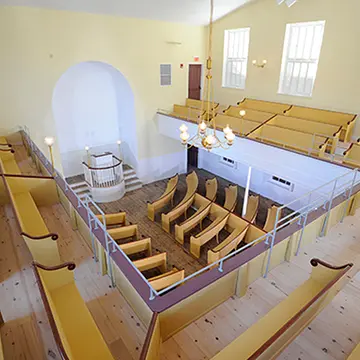
African Meeting House
Museum of African American History (Boston, Massachusetts)
The oldest extant black church in America was built in 1806 as a gathering place central to the abolitionist movement, early legal battles for education equity, and other struggles for justice. Today, it inspires all generations to embrace and interpret the authentic stories of New Englanders of African descent. Designed by architect Richard Upjohn and constructed in 1835, the school was the first public education facility for free Black children in Boston.
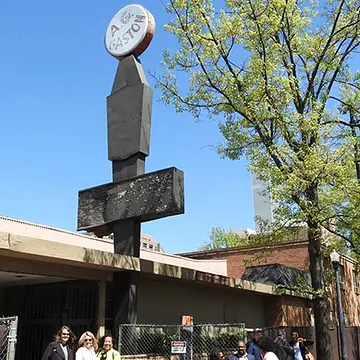
Alabama Historical Commission
Black Heritage Council (Alabama)
The Alabama Black Heritage Council is the only statewide organization in Alabama with the mission to preserve African American historic places. Celebrating its 35th anniversary this year, the organization supports communities to interpret, document, and preserve the diverse stories and places across the state.
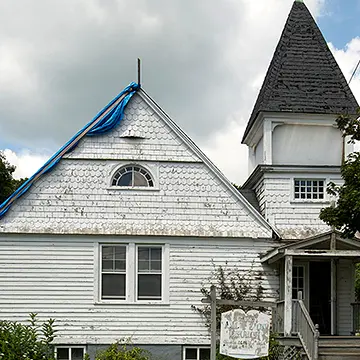
Clinton A.M.E. Zion Church
(Great Barrington, Massachusetts)
The first Black church in W.E.B. Du Bois’ hometown has been described as a “crucible” for the NAACP co-founder and civil rights trailblazer. Now vacant, this unassuming wood frame church also carries the legacies of religious and cultural heritage for African Americans in 19th- and 20th-century rural New England.
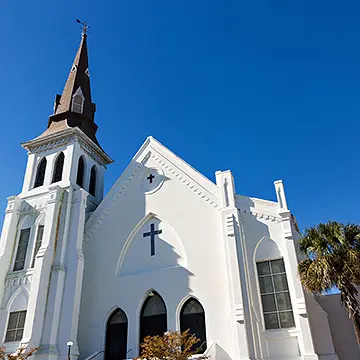
Emanuel African Methodist Episcopal Church
(Charleston, South Carolina)
This pillar of Charleston’s African American community, built in 1891, was the tragic scene of the racially motivated 2015 shooting of nine Black parishioners. The Gothic-style church, which is still in use but in need of major structural repairs, hosts the oldest African Methodist Episcopal congregation south of Baltimore.

Emmett and Mamie Till Interpretive Center
Emmett Till Memorial Commission (Sumner, Mississippi)
The center, located in the Tallahatchie County Courthouse, interprets Emmett Till’s murder and the courageous response by his mother, Mamie Till-Mobley. Her sacrifice and heroism in the face of tragedy ignited the Civil Rights Movement and was a calling cry for racial justice.

Explored Landscapes of Afro-Virginia
Virginia Humanities (Virginia)
Virginia Humanities will establish and staff a statewide African American historic preservation advocacy and resource team to expand interpretation of the historic places and people affiliated with African American life in rural and urban Virginia.
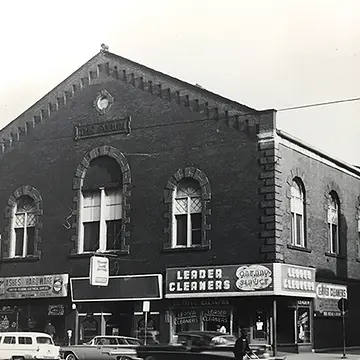
The Forum
Urban Juncture Foundation (Chicago, Illinois)
As the oldest community meeting and performance hall in Chicago’s Bronzeville neighborhood, the Forum has been vacant for nearly twenty years and was an essential gathering place for arts and cultural leaders, like Nat King Cole and B.B. King, who drove the Chicago Black Renaissance of the early 20th century.

God’s Little Acre
The Preservation Society of Newport County (Newport, Rhode Island)
The largest and most intact Colonial-era African burial ground in the country, where the story of slavery and the European Trans-Atlantic Slave Trade is told, brings life to the stories of creative survival and perseverance by the first Africans of Newport.
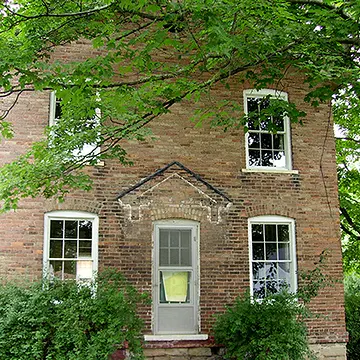
Harriet Tubman Home
(Auburn, New York)
In 1857, the famed abolitionist and freedom fighter Harriet Tubman purchased this homestead, now the Harriet Tubman National Historical Park. The historic site documents over 50 years of Tubman’s work and comprises three properties: a home for the aged, infirmary, and Tubman’s residence.

Historic Evergreen Cemetery
Enrichmond Foundation (Richmond, Virginia)
The overgrown Historic Evergreen Cemetery is the final resting place of business executives and political activists Maggie L. Walker and John Mitchell, Jr. It currently serves descendant families and the general public as a memorial park, historic site, and 60-acre monument to African American resilience and achievement from the Civil War era through the early 21st century.
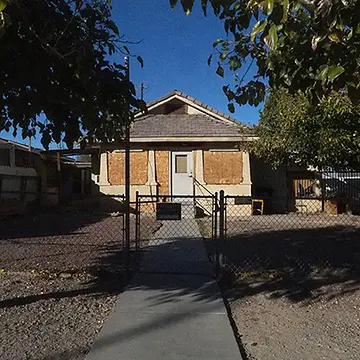
Historic Westside Las Vegas
Nevada Preservation Foundation (Las Vegas, Nevada)
The Historic Westside Las Vegas is an African American segregation-era community that experienced substantial disinvestment after national desegregation efforts. While locally recognized as historically significant, none of the area’s historic districts have been nominated and no complete survey of the full Historic Westside has yet been undertaken.
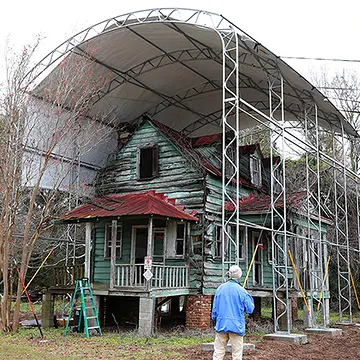
Hutchinson House
Edisto Island Open Land Trust (Edisto Island, South Carolina)
Currently in a state of deterioration, this rare, intact freedman’s home was built by Henry Hutchinson, son of the formerly enslaved Union soldier James Hutchinson, as a wedding gift for his wife, Rosa Swinton. The home is part of a collection of 14 properties on Edisto Island that tell the stories of African Americans and Gullah Geechee culture between the 17th and 19th centuries, including during the Reconstruction period.

Langston Hughes House
I, Too, Art Collective (Harlem, New York)
Langston Hughes, one of the foremost figures of the Harlem Renaissance, spent the last 20 years of his life at this Harlem brownstone. The home is emerging as a community space that empowers artists and writers to create new works through a diverse array of programming opportunities.
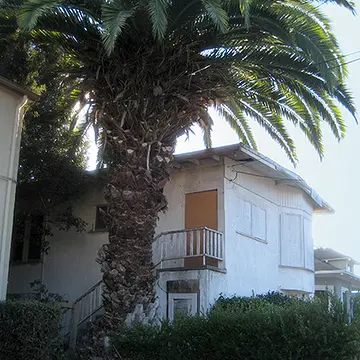
McGee Avenue Baptist Church, Stuart Street Apartments
Bay Area Community Land Trust (Berkeley, California)
Established in 1918 as the first African American Baptist church community in the area, this church moved to its McGee Avenue location in 1933. The church aims to transform its Stuart Street Apartments into an affordable housing co-op that will empower one of the oldest African American communities in Berkeley to preserve cultural heritage through housing.
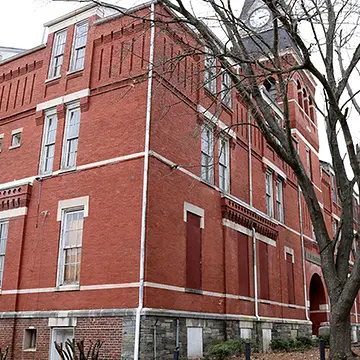
Morris Brown College's Fountain Hall
Association for the Study of African American Life and History (Atlanta, Georgia)
With its distinctive tower situated at the top of Atlanta’s “Diamond Hill,” Fountain Hall housed W.E.B. Du Bois’ office, where he wrote his seminal work, The Souls of Black Folk. Located on Atlanta’s Westside, this vacant and deteriorating structure is the oldest surviving building associated with Atlanta University, one of the first Historically Black Colleges and Universities (HBCUs) in the South.
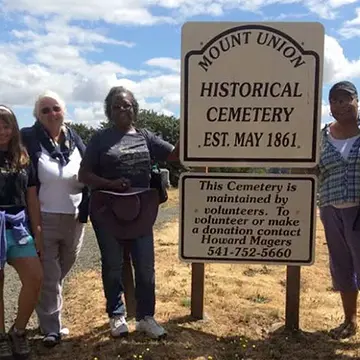
Oregon Black Pioneers Corporation
(Oregon)
This 26-year-old organization is dedicated to preserving the history of African Americans in the state, telling stories that are often elusive in traditional narratives, and educating the public through research, oral presentations, exhibits, and publications.
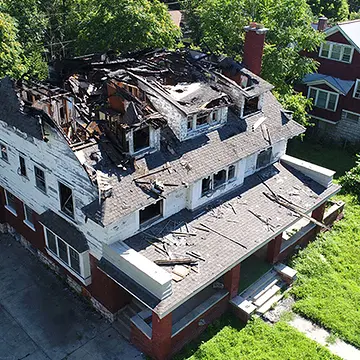
Satchel Paige House
Historic Kansas City Foundation (Kansas City, Missouri)
In 2018, a fire critically compromised the home of famed Negro League pitcher and National Baseball Hall of Fame inductee Satchel Paige. The home is now in need of stabilization and planning for its future use.
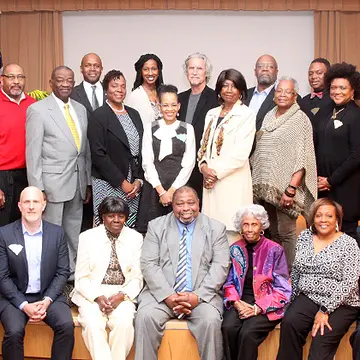
South Carolina African American Heritage Foundation
(South Carolina)
Recently celebrating its 25th anniversary, this commission supports statewide efforts to promote and preserve sites of African American history across South Carolina. The organization seeks to develop financially sustainable approaches to preserve and increase its public engagement.
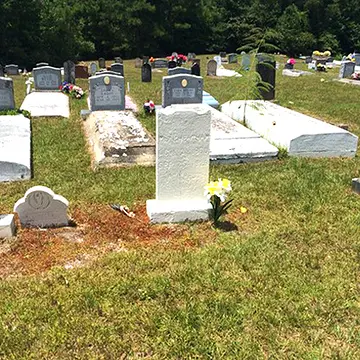
Texas Endangered Historic Black Settlements & Cemeteries
Texas Freedom Colonies Project (Texas)
Formerly enslaved people established Freedom Colonies after the Civil War to create once flourishing and self-sufficient communities. The colonies’ historically significant cemeteries, landscapes, and buildings are unrecognized and contain unrecorded heritage.
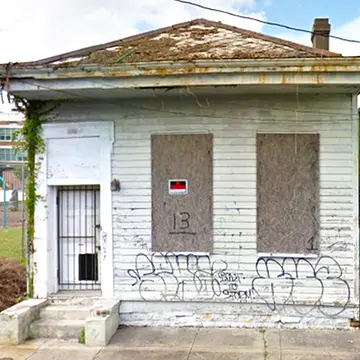
Treme Neighborhood Revival Grants Program
Preservation Resource Center of New Orleans (New Orleans)
New Orleans’ Treme neighborhood is considered one of the oldest African American neighborhoods in the country, but a rapid rise in real estate values has put long-time residents at risk. This microgrants programs will enable homeowners to maintain and make preservation-friendly repairs to their homes.

Wright Building
Greater Union Life Center, Inc. (DeLand, Florida)
Built in 1920, this building served as a grocery and general store for African Americans in segregated Florida. Black-owned business pioneer James Wright, who had ties to Booker T. Washington, empowered local Black entrepreneurs by leasing retail spaces on the second floor. The building will soon be restored to its original purpose of fostering economic development for the Black community.
The Action Fund is a $25 million multi-year national initiative aimed at uplifting the largely overlooked contributions of African Americans by protecting and restoring African American historic sites and uncovering hidden stories of African Americans connected to historic sites across the nation.
External review for grant applications was provided by the Association for the Study of African American Life and History and the Hutchins Center for African and African American Research at Harvard University.




